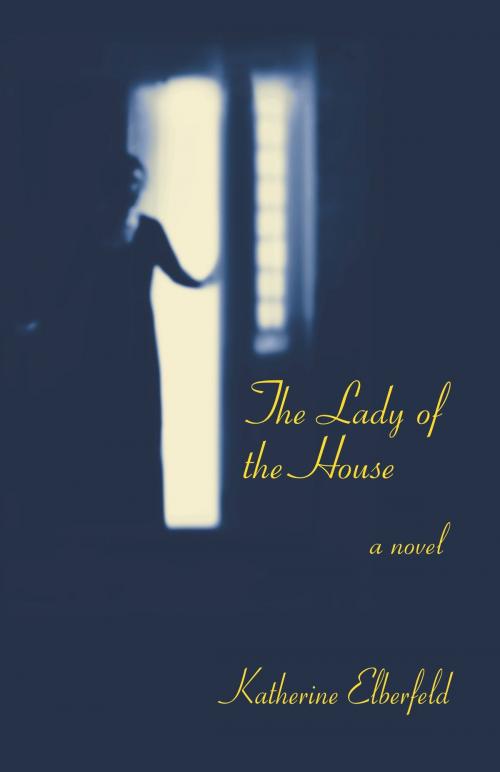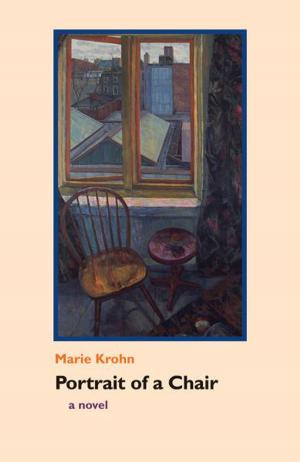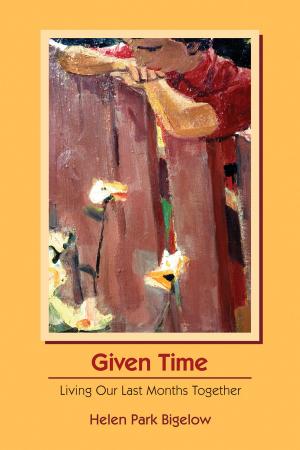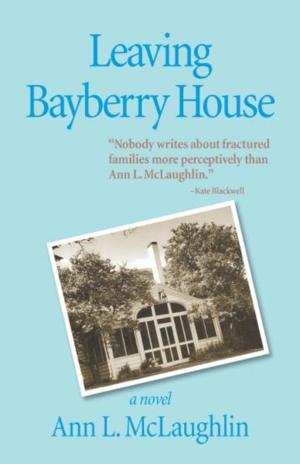| Author: | Katherine Elberfeld | ISBN: | 9781564747686 |
| Publisher: | Daniel & Daniel Publishers | Publication: | January 5, 2010 |
| Imprint: | Daniel & Daniel Publishers | Language: | English |
| Author: | Katherine Elberfeld |
| ISBN: | 9781564747686 |
| Publisher: | Daniel & Daniel Publishers |
| Publication: | January 5, 2010 |
| Imprint: | Daniel & Daniel Publishers |
| Language: | English |
TO FACE THE FUTURE, A WIDOW MUST FIRST FACE HER PAST In flashbacks and memories, Annie, the middle-aged narrator of Katherine Elberfeld's debut novel, The Lady of the House, revisits her childhood and adolescence in small-town southern America. Her memories are gentle at first, as she recalls her baby doll, Rosalyn Ann, and the kindly family maid, Lula. She remembers her parents, Maggie and Mac, sitting on the porch of their house in Moberly, Georgia. She recalls squabbling with Cat, the brother she adored. She vividly remembers the first time she saw Danny Haygood, the red-headed boy she would later love fiercely...and her childhood pal Herndon and his turtle, Henry...and tedious visits with Madame LeNoir, a widow cooped up in a dark stuffy house. It was a typical childhood for a southern minister's daughter, but as in all childhoods there were undercurrents of struggle. Her meek father could not stand up to his own mother, Annie's stern, disapproving grandmother. As an adolescent, Annie was admired by two boys: Danny, the lusty and impetuous, cigarette-smoking outsider; and the stolid Pearce, grown sensible before his time. Granny had her say in the matter, and Granny spoke for propriety. Annie turned Danny away, a decision that has haunted her ever since. Now, years later, Pearce has died, leaving Annie to face her future alone. Her wise mother has also died. Even Annie's daughter, Maggie, and her brother, Cat, cannot give Annie the strength she needs. She knows, now, that she must nurture herself and nourish herself. She must be the lady of her own house. The Lady of the House is a stylistic novel that shows the turbulent mind of a child, a girl, and a woman at the crisis points of her life. These vivid scenes, the antiphonal voices of past and present, the emotional power of the mother's funeral, and the book's symbolic resolution place Katherine Elberfeld in the rich tradition of southern American writers.
TO FACE THE FUTURE, A WIDOW MUST FIRST FACE HER PAST In flashbacks and memories, Annie, the middle-aged narrator of Katherine Elberfeld's debut novel, The Lady of the House, revisits her childhood and adolescence in small-town southern America. Her memories are gentle at first, as she recalls her baby doll, Rosalyn Ann, and the kindly family maid, Lula. She remembers her parents, Maggie and Mac, sitting on the porch of their house in Moberly, Georgia. She recalls squabbling with Cat, the brother she adored. She vividly remembers the first time she saw Danny Haygood, the red-headed boy she would later love fiercely...and her childhood pal Herndon and his turtle, Henry...and tedious visits with Madame LeNoir, a widow cooped up in a dark stuffy house. It was a typical childhood for a southern minister's daughter, but as in all childhoods there were undercurrents of struggle. Her meek father could not stand up to his own mother, Annie's stern, disapproving grandmother. As an adolescent, Annie was admired by two boys: Danny, the lusty and impetuous, cigarette-smoking outsider; and the stolid Pearce, grown sensible before his time. Granny had her say in the matter, and Granny spoke for propriety. Annie turned Danny away, a decision that has haunted her ever since. Now, years later, Pearce has died, leaving Annie to face her future alone. Her wise mother has also died. Even Annie's daughter, Maggie, and her brother, Cat, cannot give Annie the strength she needs. She knows, now, that she must nurture herself and nourish herself. She must be the lady of her own house. The Lady of the House is a stylistic novel that shows the turbulent mind of a child, a girl, and a woman at the crisis points of her life. These vivid scenes, the antiphonal voices of past and present, the emotional power of the mother's funeral, and the book's symbolic resolution place Katherine Elberfeld in the rich tradition of southern American writers.















